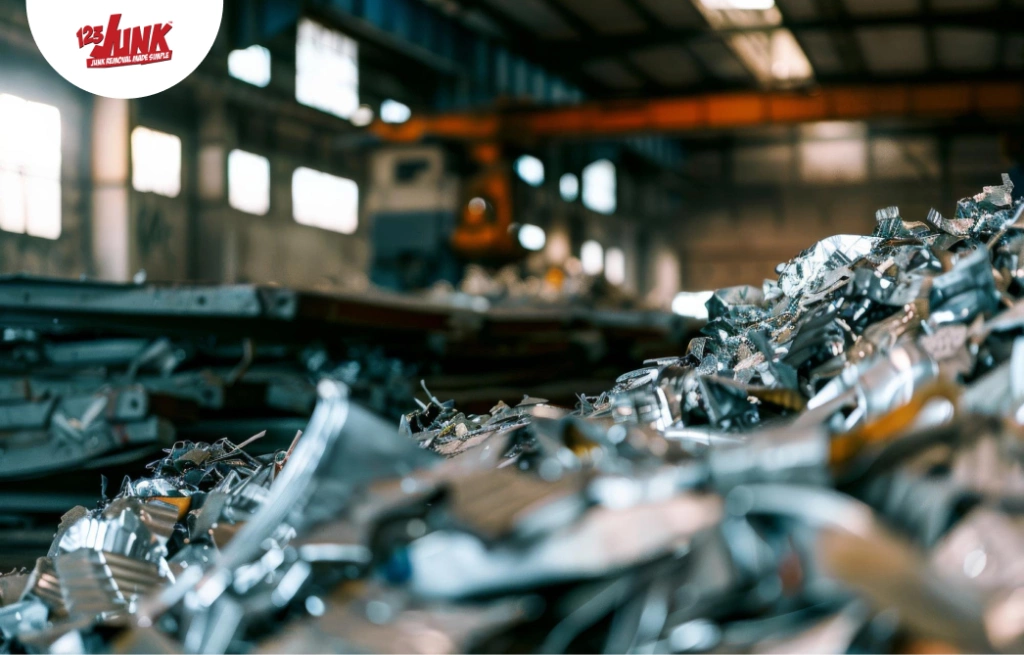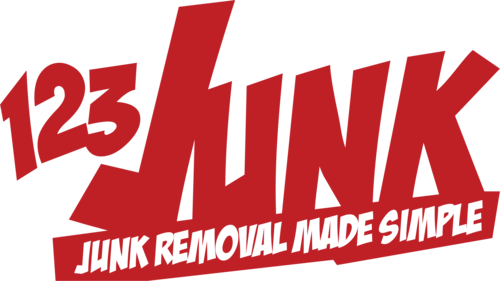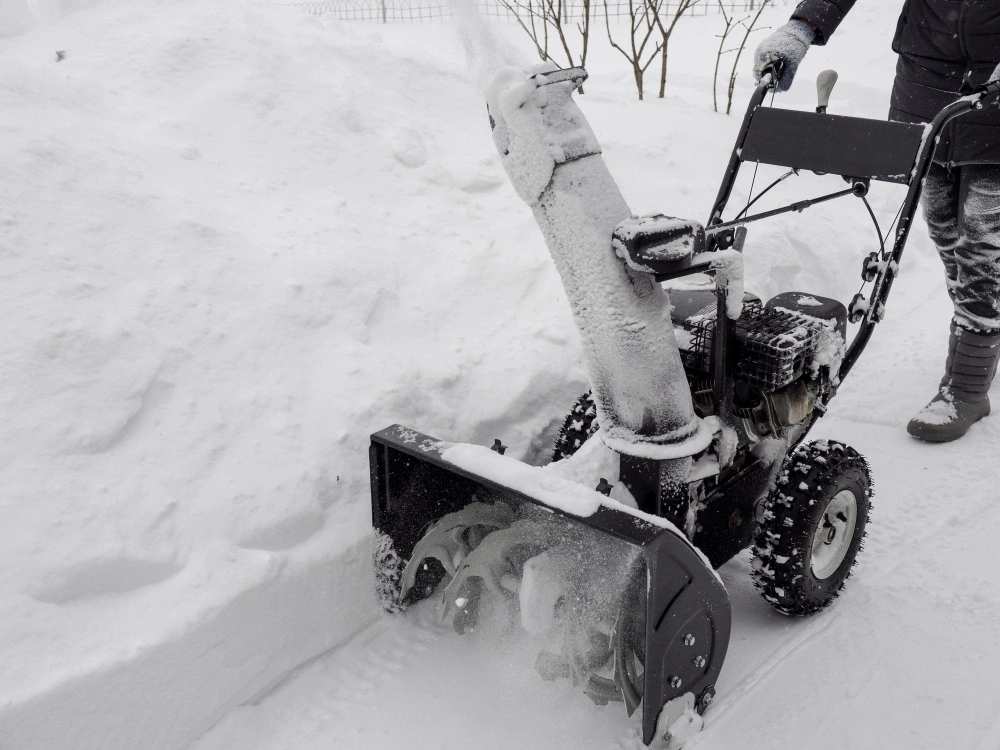A snow blower that’s reached the end of its life requires proper disposal to protect the environment and comply with local regulations. From recycling centers to professional removal services, several options make the process straightforward while keeping harmful materials out of landfills. Understanding how to dispose of an old snow blower responsibly helps ensure that its components are recycled or disposed of safely.
Assessing Your Snow Blower’s Condition
Before disposal, inspect your snow blower thoroughly.
Start by testing basic functions: engine turnover, auger movement, and drive system. Common fixable issues include carburetor clogs, broken belts, or electrical problems.
Compare repair costs against new machine prices—repairs exceeding 50% of replacement cost typically aren’t worth pursuing.
For resale value, check marketplace listings of similar models. Key value factors:
- Age (5-7 years typically marks significant depreciation)
- Brand reputation (Toro, Ariens, Honda hold value better)
- Engine size and features
- Local market demand
Then, inspect for hazardous materials.
- Fuel system (gasoline, fuel lines)
- Engine oil and residue
- Battery (in electric models)
- Hydraulic fluid
- Rusty or contaminated parts
Document all mechanical issues and take photos if selling. For professional disposal services, note any leaks or damaged components requiring special handling.
Preparation Steps
Proper preparation is crucial before disposing of your snow blower.
Begin by draining all fluids in a well-ventilated area. Empty the gas tank using a siphon pump and drain the oil into an approved container through the drain plug. Store these fluids separately in sealed containers for recycling at an auto parts store or hazardous waste facility.
For electric models, remove the battery carefully, watching for corrosion around the terminals. Most batteries contain toxic materials and must be recycled properly. Many hardware stores accept them free of charge.
Next, clean the machine thoroughly using a pressure washer or strong brush to remove dirt, salt residue, and rust. Pay special attention to the auger housing and chute where debris often collects. This cleaning step helps identify any hidden damage and prevents contamination during recycling.
Finally, disconnect and remove the spark plug to prevent accidental starts during transport. Store the plug separately or dispose of it with other metal components. Remember to wrap any sharp edges or protruding parts with protective material for safe handling.
Disposal Options
When your trusty snow blower reaches the end of its life, proper disposal ensures environmental responsibility and compliance with local regulations. Here are the key options for getting rid of your old machine.
Recycling Centers
Local recycling centers specialize in breaking down snow blowers into recyclable components. Contact facilities beforehand to verify acceptance policies and any preparation requirements. Most require fluid drainage and battery removal before drop-off.
Scrap Metal Yards
Scrap yards pay $20-50 for snow blowers based on weight and metal content. Many provide free pickup for heavy equipment and offer competitive rates for copper, aluminum, and steel components. Call ahead to confirm current metal prices.
Municipal Waste Services
Many cities offer snow blower collection with bulk waste pickup. However, services vary by location. Some require scheduling and fees, while others include it with standard waste collection. Check local guidelines for preparation requirements.
Manufacturer Programs
Snow blower manufacturers sometimes offer trade-in or recycling initiatives, providing store credit toward new purchases. Contact your machine’s manufacturer directly to learn about available programs.
Professional Junk Removal
Professional junk removal services offer the most convenient disposal solution, handling all aspects from pickup to recycling. 123JUNK specializes in efficient snow blower removal, with trained teams managing heavy lifting and ensuring environmentally responsible disposal. Their insured crews provide same-day service and guarantee compliance with local regulations.

Environmental Considerations of Snow Blower Disposal
Improper disposal of snow blowers poses significant environmental risks. Here’s what you need to know about responsible disposal.
Fluid Management
Take used oil and gasoline to auto parts stores or hazardous waste facilities. Never dump fluids in drains or soil—one quart of oil can contaminate 250,000 gallons of drinking water.
Recyclable Parts
Snow blowers contain valuable recyclable metals like aluminum, steel, and copper. Plastic components and rubber belts can be processed into new materials. Batteries should go to electronic waste facilities.
Environmental Impact
Abandoned snow blowers leak harmful substances into soil and groundwater. Fluids and metals can harm wildlife and contaminate water sources. Responsible recycling keeps toxins out of landfills and reduces the need for new raw materials.
Step-by-Step Snow Blower Disposal Guide
- Gather ID and any required disposal permits.
- Drain gas and oil into separate containers marked for recycling.
- For electric models, remove the battery for separate recycling.
- Put the machine in neutral; check that the wheels move freely.
- Use a ramp or lift with a helper—snow blowers typically weigh 100-200 pounds.
- Secure in truck bed or trailer with one ratchet strap across the unit.
- Keep disposal receipts for records.
Making Your Snow Blower’s Final Stop
Disposing of a snow blower requires careful planning but doesn’t need to be complicated. Whether you choose recycling, scrap yards, or professional removal, proper preparation protects the environment and may even put money in your pocket.
Take time to drain fluids and remove hazardous materials—your responsible disposal helps keep communities clean and safe.
Alternative Solutions Before Disposal
Before scrapping your old snow blower, consider these options that might benefit others or bring value back to you.
Donation
Community centers, churches, and neighbors in need often welcome working snow blowers, especially in snowy regions.
Trade-In Value
Home improvement stores frequently offer trade-in credits during seasonal sales, reducing the cost of new equipment.
Parts Sales
Online marketplaces provide opportunities to sell valuable components. Engines and augers typically fetch $50-200 depending on condition.
Creative Repurposing
Transform the machine into functional yard art—popular conversions include garden planters, tool organizers, and climbing plant structures.
The Smart Way to Say Goodbye to Your Snow Blower
Proper snow blower disposal protects the environment while potentially providing value through recycling or parts sales. For the easiest solution, contact 123JUNK for professional removal that guarantees responsible disposal and compliance with local regulations.
Their experienced team handles everything from pickup to recycling, making your snow blower’s final journey smooth and environmentally friendly.


